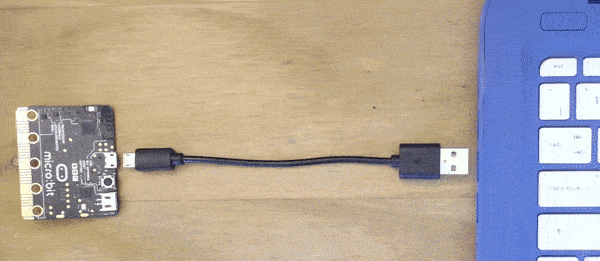
- Jul 26, 2015 This video shows you how to transfer Files such as: music / photos / folders from you Apple Macintosh Computer onto your USB Pen Drive! How to Transfer Files from a Mac onto a USB - 2019 How.
- Mar 19, 2019 How to Transfer Files from PC to Mac. If you're getting a new computer and decide to switch from PC to Mac, or you have both types on your home network or at work, you may be wondering how to transfer files from the PC to the Mac.

In most cases, you’ll want to use an external hard drive to transfer files from a PC to a Mac. Fortunately, using an external hard drive to move files is easy. Just plug the external drive’s USB cable into your PC and copy your files to the drive. After everything is copied, shut down Windows, unplug the hard drive’s data cable from the PC, and plug the cable into your Mac. The drive’s letter or name should appear on your Mac’s desktop. Double-click it. You can then copy everything to the Mac (make a folder for all the files first), or you can just copy the files you need and keep the rest on the external drive.
Can I copy files from a PC to an iMac using a USB memory stick? Ask Question Asked 4 years, 9 months ago. Absolutely you can copy files from a USB thumb drive to a Mac. They're typically formatted as MS-DOS partitions which a Mac can read and write. You can move all the information from your old PC to your new Mac.
Manual Copy Latest Usb Files Onto A Mac Free
Don’t have an external hard drive? No problem. High-capacity external hard drives are very affordable these days. You can buy a 1TB (1-terabyte) drive for under $400. A terabyte equals a trillion bytes, or 1,000 gigabytes, or the equivalent of 700,000 floppy disks. You probably don’t need that much, but drives a quarter of that size (250MB) sell for under $100.
Manual Copy Latest Usb Files Onto A Mac Download
Be sure to get an external drive that’s labeled “for Mac and PC.” These drives are usually formatted using Microsoft’s FAT32 format, which both Macs and PCs handle well. If your drive is formatted in Microsoft’s newer NTFS format, your Mac should be able to read it, but writing to it may be a problem. You can reformat the drive with OS X’s Disk Utility after you finish transferring your data.